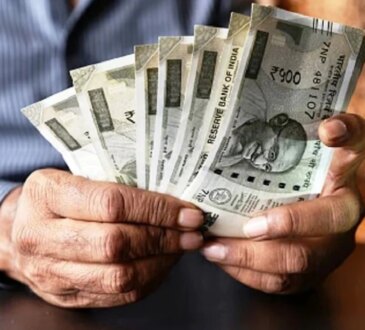Share of national currencies in Belarus’s settlements with EAEU partners reaches 95% – National Bank head
MINSK. June 23 (Interfax) – Belarus devotes special attention to increasing the share of settlements between partners in national currencies, with the current figure for the country standing at 95%, National Bank of Belarus Board Chairman Roman Golovchenko said.
“Regarding our country, there’s no issue – 95% of our foreign trade settlements with EAEU [Eurasian Economic Union] countries are conducted in national currencies. In Russian rubles, Kazakh tenge, Belarusian rubles. Ninety-five percent is a high figure, so here, I believe, we’ve fulfilled our task for Belarus,” Golovchenko said in an interview with Belarus’s First News television channel.
This indicator could be even higher, he said.
“What needs to be done for this? There are several approaches. The most correct and fastest is ensuring pricing of national goods and services in national currencies. Then, of course, there will be a natural driver for increasing settlements in national currencies, meaning moving away from pricing in the EAEU market being tied to dollars, euros, yuan and so on. Once prices are set in national currencies, this will naturally stimulate settlements too. All our colleagues understand the importance of this process, and we’re purposefully moving along this path,” he said.
Belarus doesn’t engage in targeted management of the dollar exchange rate, he said. “I can say for certain that we’re not playing against the dollar,” he said.
Specifically, the dollar exchange rate in Belarus is influenced by domestic demand. “We don’t engage in targeted exchange rate management. We have market-based pricing. It’s determined by supply and demand. Weak demand for U.S. currency in Belarus also contributes to the weakening of its exchange rate. I can say that in trading on the Belarusian Currency and Stock Exchange since the beginning of the year, the dollar accounted for only 16%. The yuan surpassed it with 22%, while the Russian ruble accounted for over half. This is an open market. The figures clearly demonstrate that demand for dollars is low. This naturally affects its exchange rate too,” Golovchenko said.






